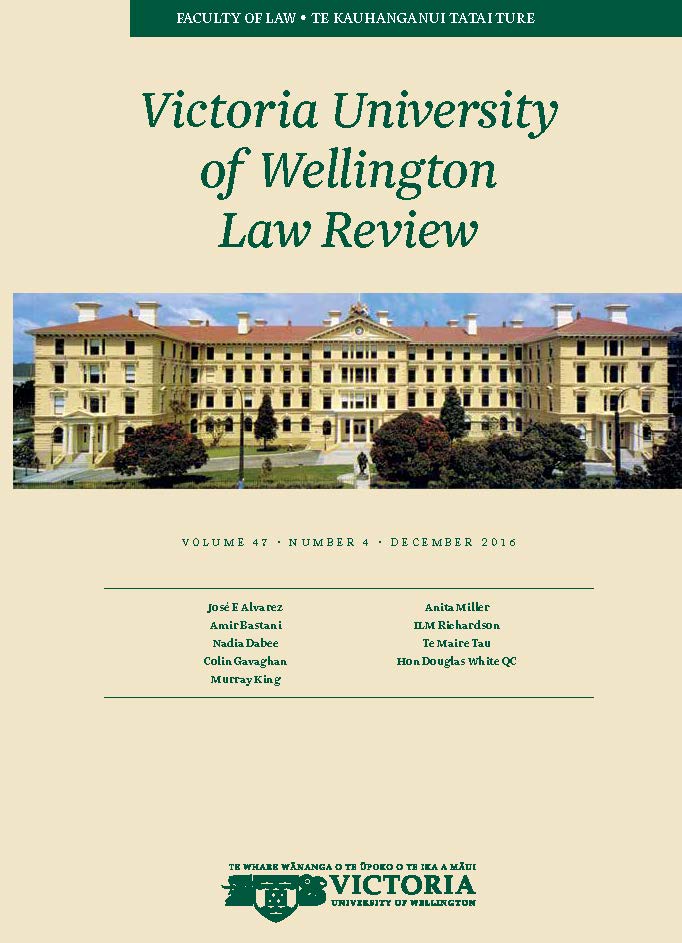Challenges to "a Most Dangerous Doctrine" or a "Fantastic Theory" of Volitional Insanity
DOI:
https://doi.org/10.26686/vuwlr.v47i4.4788Abstract
In theory, an insanity defence can take two forms: the cognitive form (C-insanity) and the volitional form (V-insanity). The defence of C-insanity recognises that a disordered state of mind can make the ability to understand the nature of an action impossible. On the other hand, V-insanity is recognised in some common law jurisdictions, such as all jurisdictions in Australia except for Victoria and New South Wales, and is a full defence. It recognises that a disordered state of mind can make the exercise of self-control impossible. However, that disordered state of mind does not necessarily affect the understanding of the nature of the act impossible.
Downloads
Downloads
Published
How to Cite
Issue
Section
License
Authors retain copyright in their work published in the Victoria University of Wellington Law Review.


